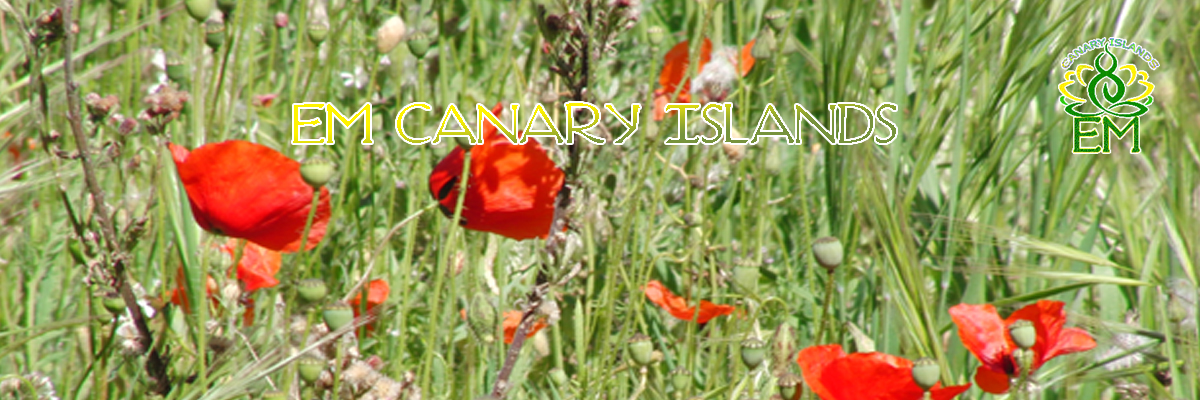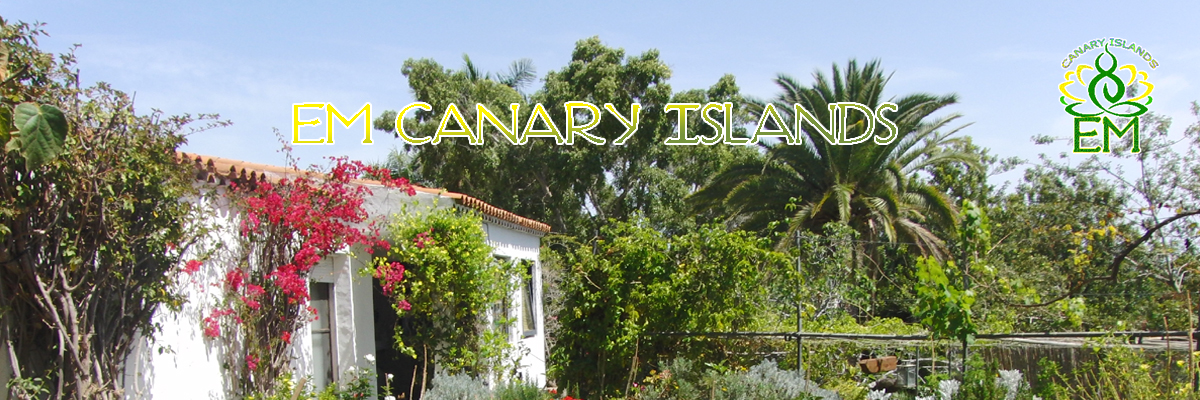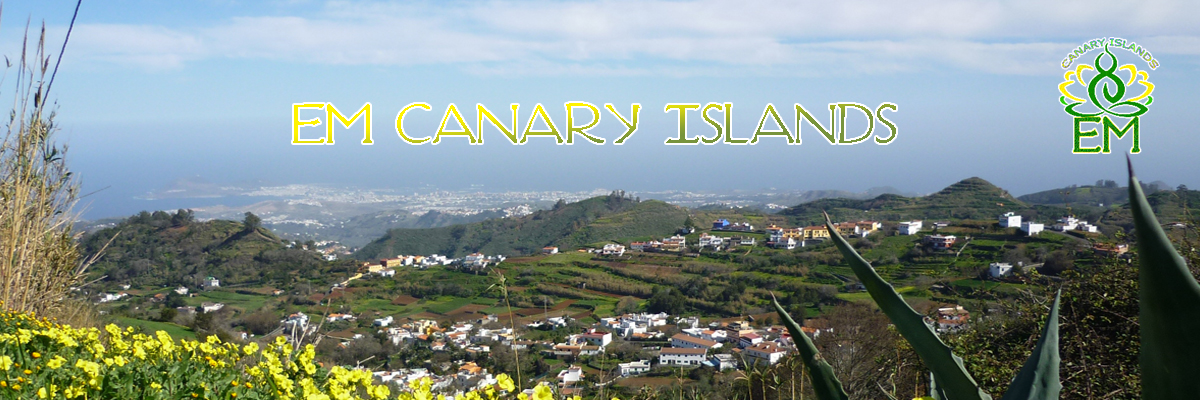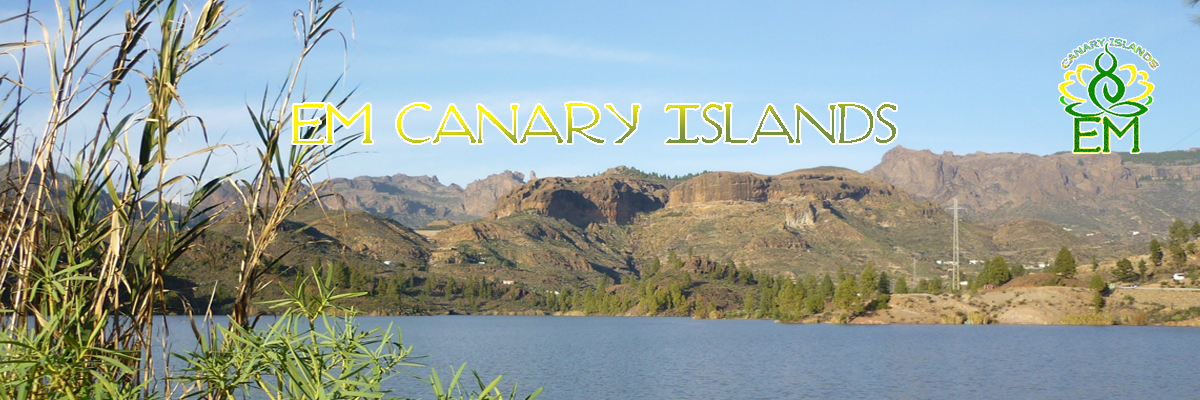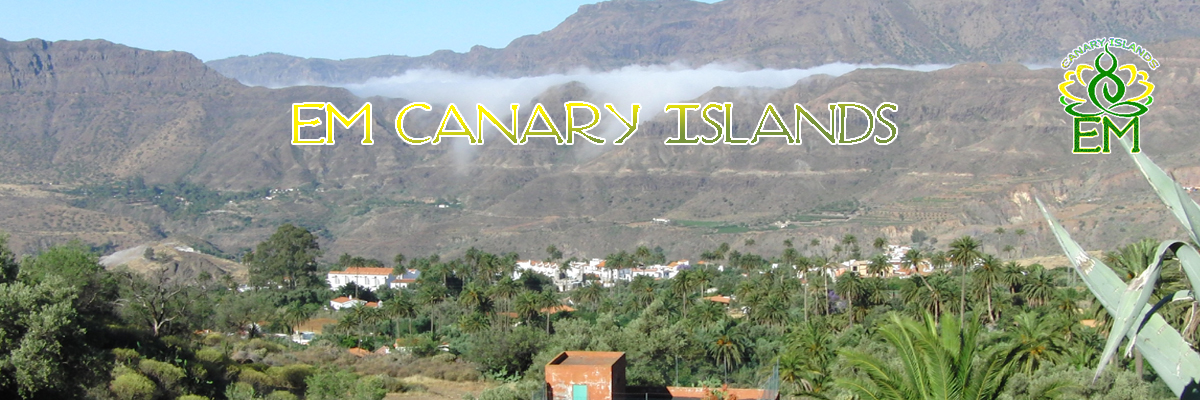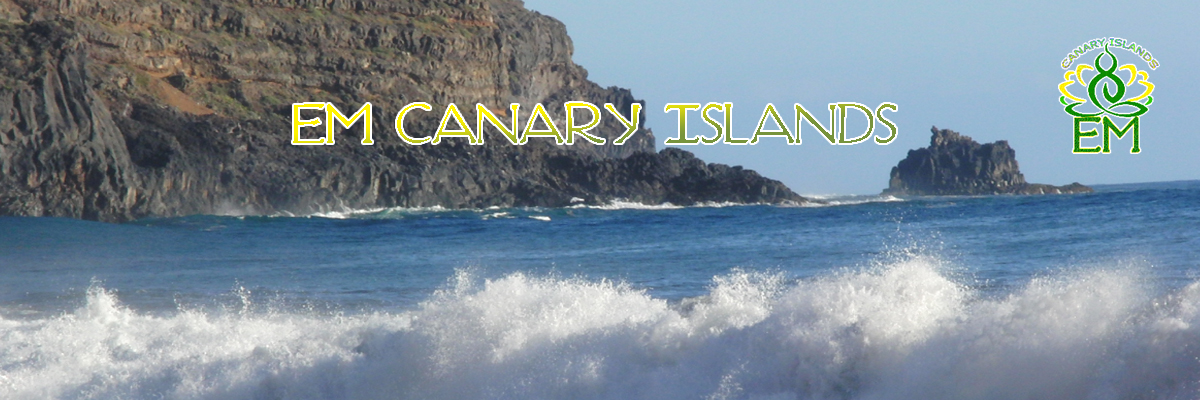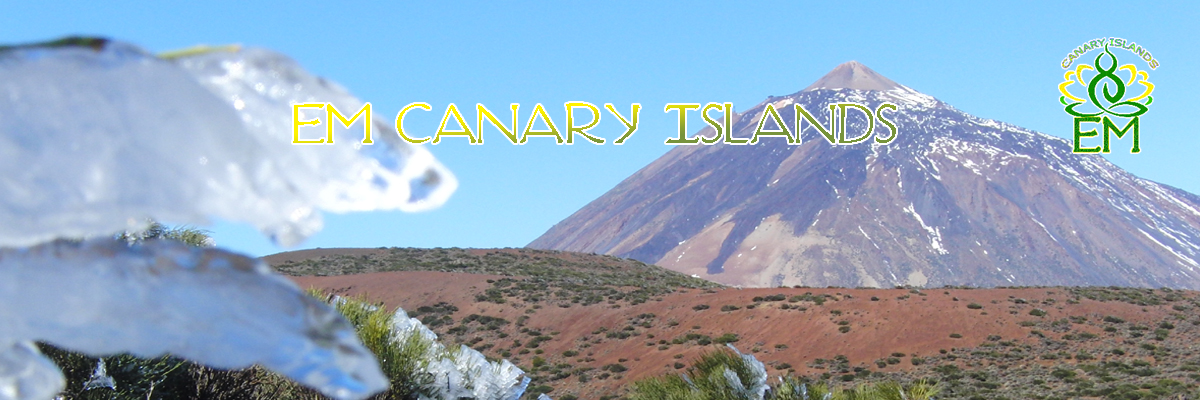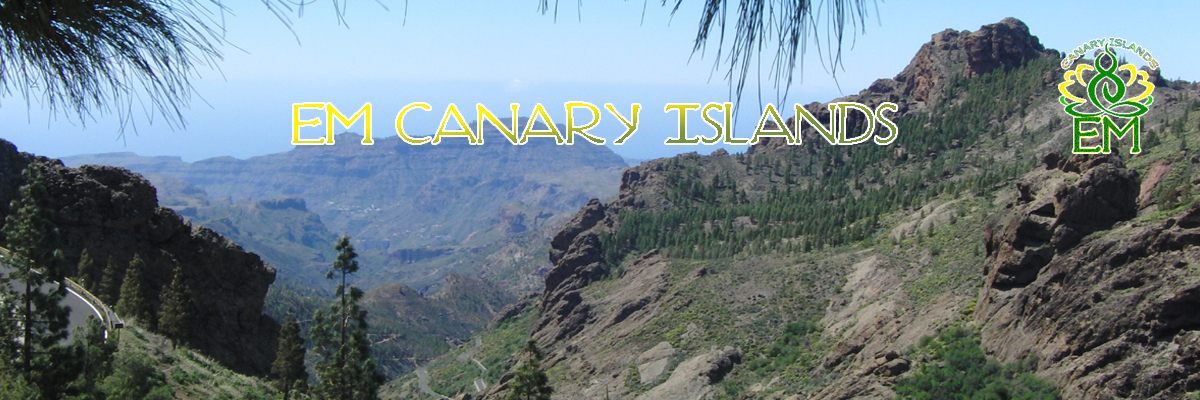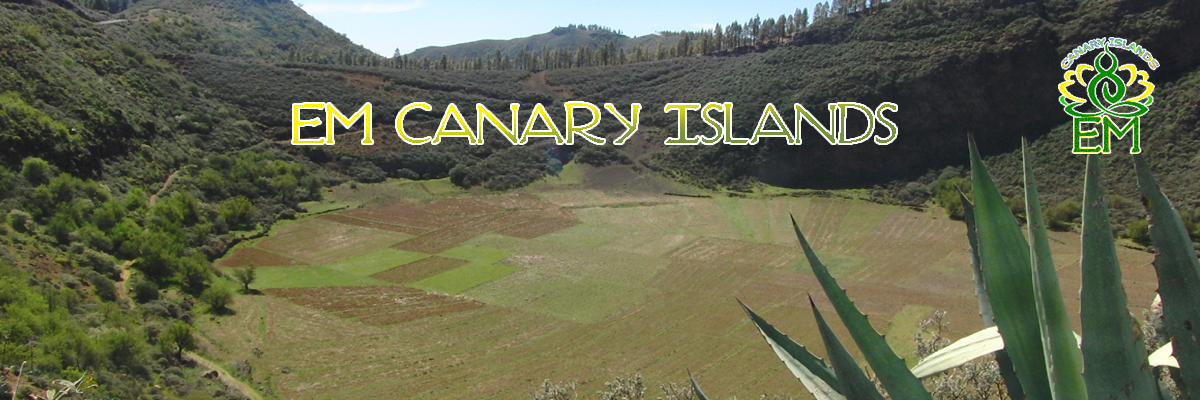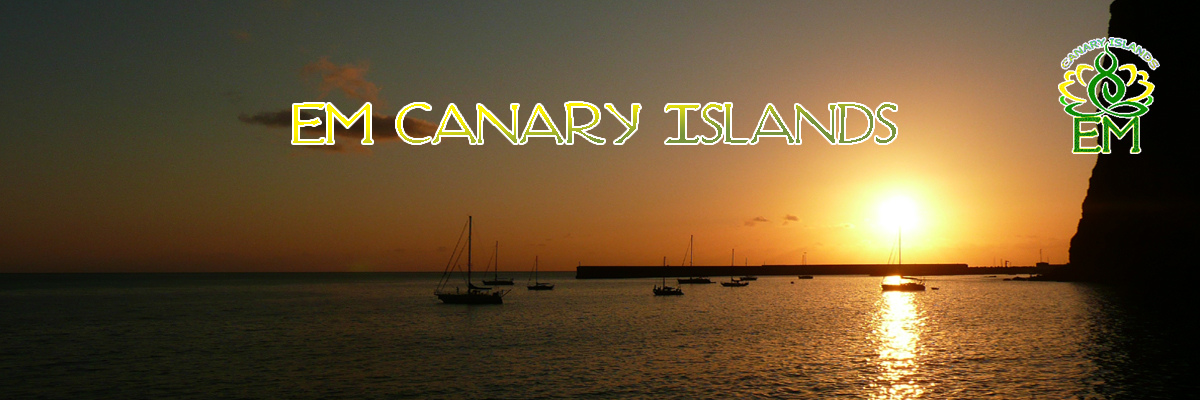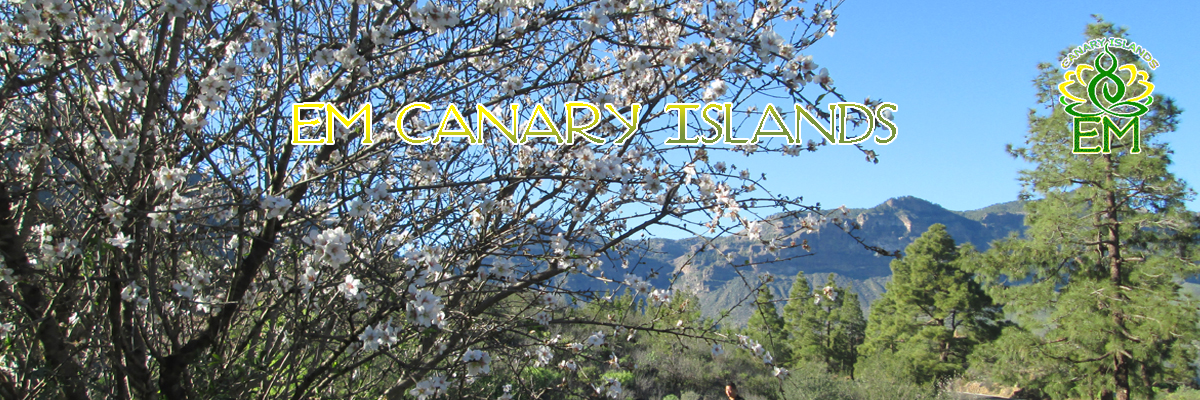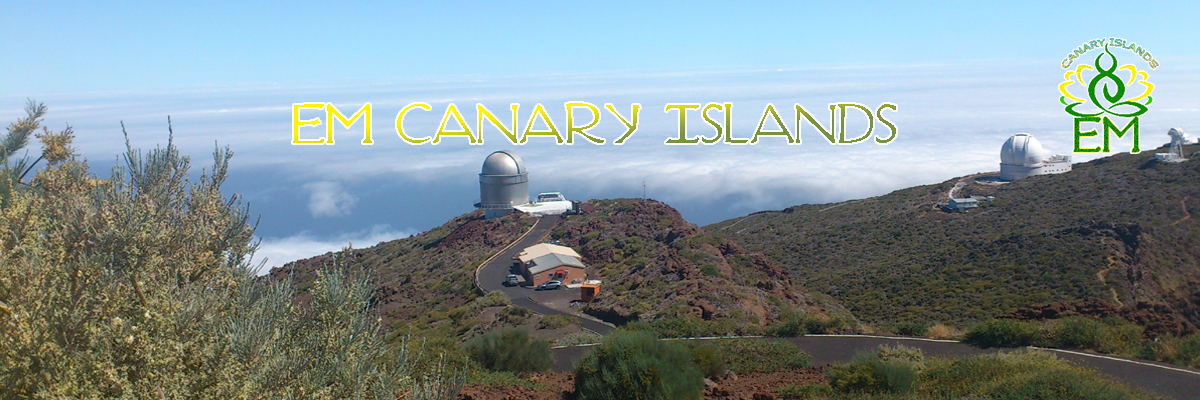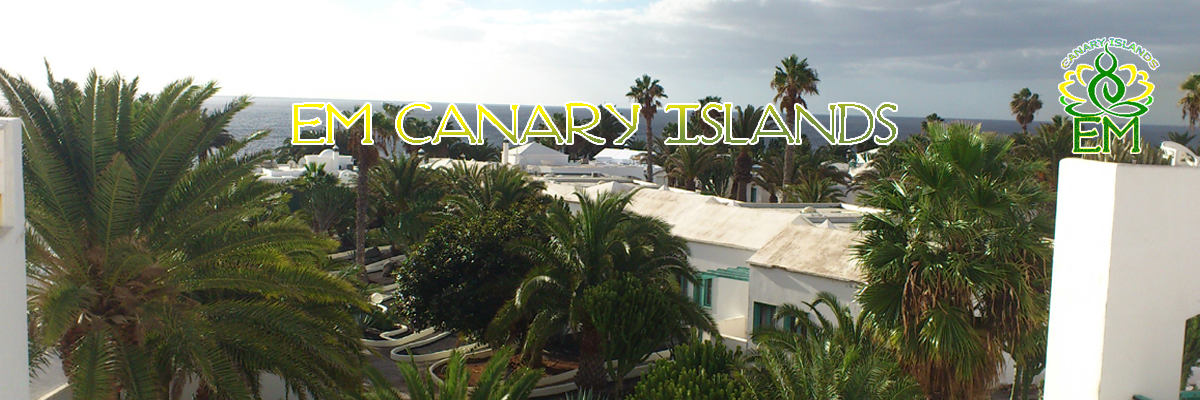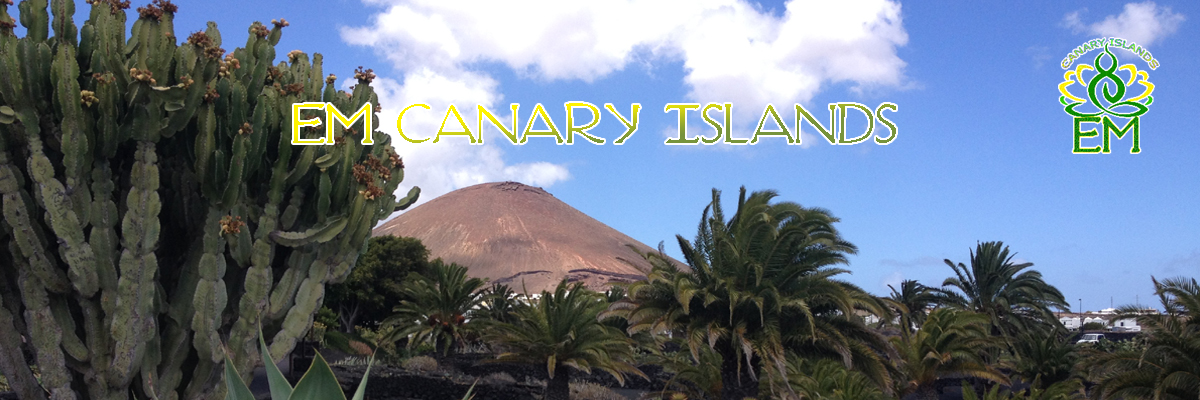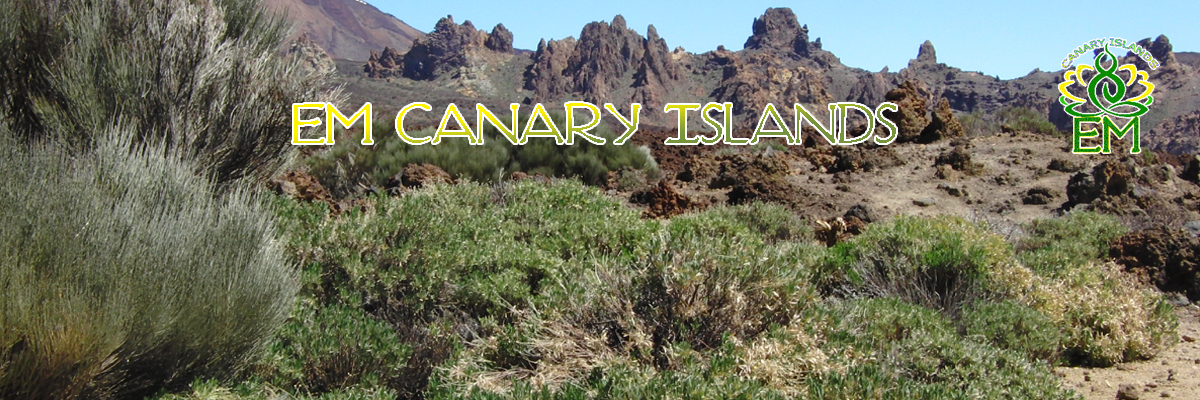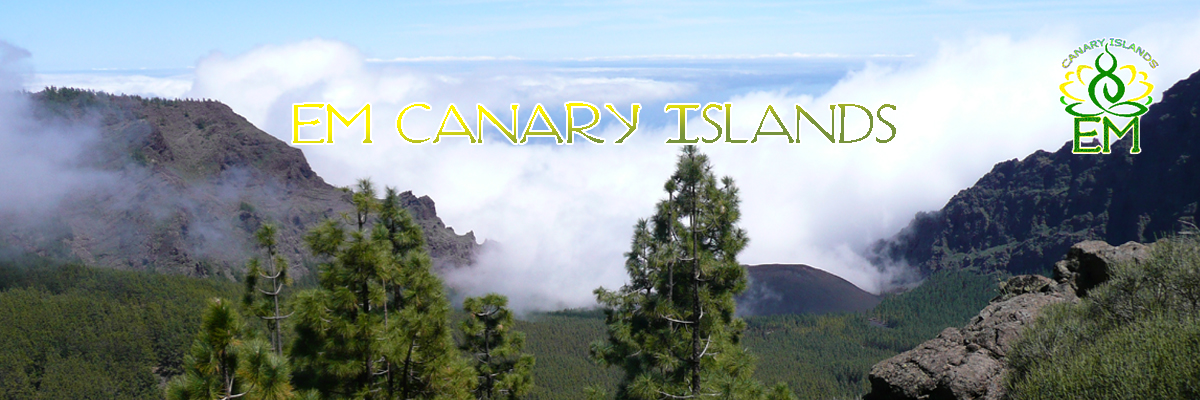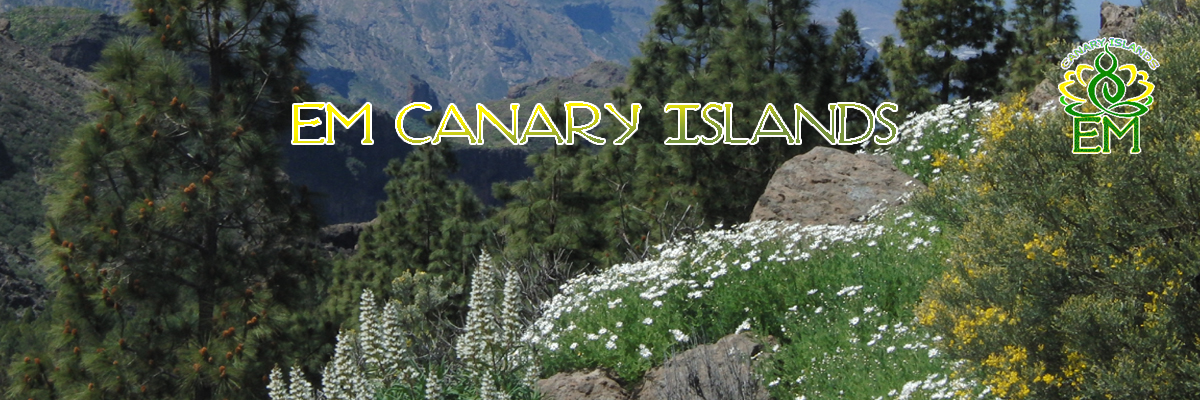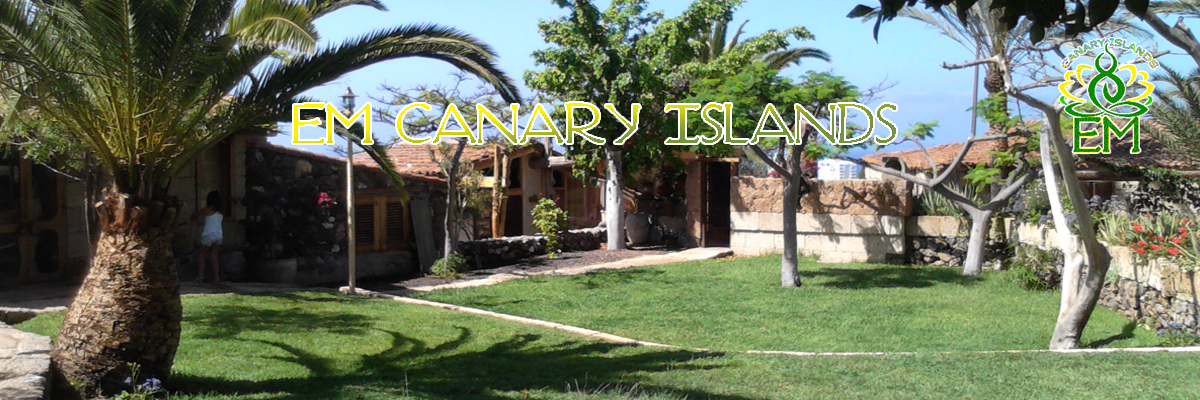Pond restoration
Effective microorganisms (EM) provide an ecological way of improving water quality.
Algae and opacities are effectively combated and significantly reduced.
 By using EM in water, the polluted eco system can recover:
By using EM in water, the polluted eco system can recover:
The microorganisms help to reduce the nutrient excess – the root of many evils, especially the lush algae bloom. EM consists of positive microorganisms that are found everywhere in the soil: yeasts, photosynthesis, and lactic acid bacteria – the balance of the effective microorganisms promotes all living things. The effective microorganisms convert rot, which is caused by the settling of various organic materials such as leaves, algae, pollen, seeds, fish feed etc. – sediments at the bottom are degraded – thanks to EM the water plants dissipate the nutrients and the algae faster, the basis of life. This results in an optimal nutrient supply, which allows controlled cultivation of the pond plants and above all the phytoplankton (micro-form of the algae). Through this controlled growth, the zooplankton (e.g. daphnia, oat crustaceans, etc.), which serves as the main food for many other aquatic organisms, is the basis for a closed and stable cycle which is essential for the development and maintenance of a body of water.
This could be your pond:
A pleasant clear water, healthy plants – this was achieved 
by the consistent use of effective microorganisms.
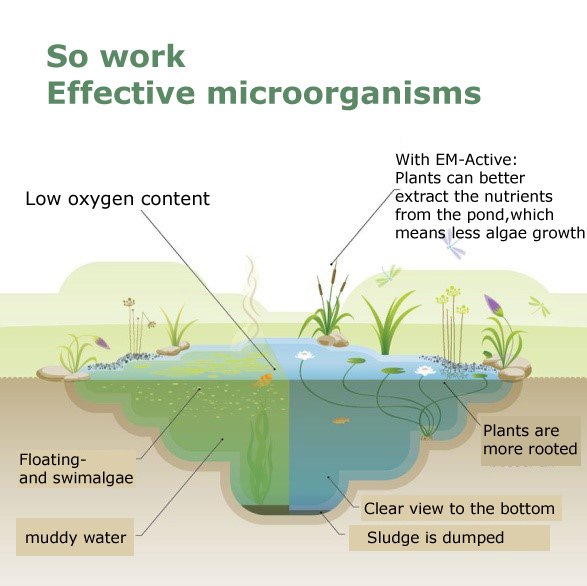
How much EMtierra Jardin is needed?
The recommended dosage is 1-2l of EMtierra Jardin per 10 m³ of water
(0.01-0.02%). In larger and larger bodies of water, as well as specific problems, specific instructions are most useful.
In a mixing ratio of 1: 10,000, this is 1 liter EMtierra Jardin
10 m³ of water, depending on the size of the pond, approx. 3-4 kg of ultrafine basic silicic acid minerals are added to the entire EMtierra Jardin.
For ponds smaller than 40 m², the mixing ratio is
1: 1,000 – 1 liter of EMtierra Jardin on 1 m³ of water.
How is EMtierra Jardin placed in the pond?
This mixture is not introduced into the water at once. Stir in several stages (mixing the above mixture always fresh) is mixed 1:10 with pond water and sprayed. If there is no spraying possibility, use a watering can or a pump with a fine perforated top. The plants and shore areas should also be treated until an improvement is noticeable. This is repeated as frequently as possible at regular intervals. For the suppression of algae growth and the continuous stabilization of the water quality, EM ceramic pipes can be fixed in the pond at moving places (for example, ventilation). Dangos or Ytongstems, soaked in EMtierra Jardin, soaked for several days, which are sunk into the depths of the pond.
When should the pond restoration begin?
In the spring from a water temperature of more than 5 ° C, repeat for the first time (before the first algae approach), then repeat for a few weeks a week (on the same day) for a few weeks. The frequency or quantity of the EMtierra Jardin use varies due to water quality and environmental conditions – see planning proposal for a rehabilitation.
Dangos, EM ceramic powders and ceramic plasters support the restoration process sustainably
What are Dangos:
Instead of stone flour or Cera C powder we have been with good success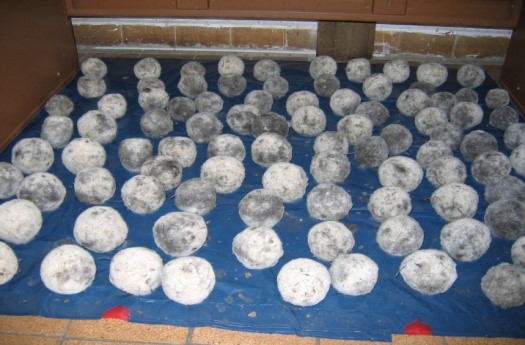
In the case of smaller ponds up to about 90 m², so-called dangos are used:
Dangos consist of a mixture of stone flour, Cera C ceramic powder,
EM priming solution and clay or clay, are fermented for 4 weeks and bind in
Ideally the microorganisms contained in the EMtierra Jardin. These dangos solve
Rise in the water, form in the first days a gray cloud,
But which disappears quickly.
 EM Ceramic Pipes:
EM Ceramic Pipes:
The additional use of EM ceramic pipes improves water quality
By the reduction of the water clusters and the resulting reduction
The surface tension of the water, the improvement is accelerated.
Most effective are the pipes at the inlet, outlet or in the natural filter.
Water plants:
Cut all water plants on a regular basis, especially in the spring and autumn – unless your plant supplier prescribes anything to the contrary. The plants then have an increased nutrient requirement for the growth, the natural filter comes on tours. Also the water lilies you should cut something to increase your growth and thus the nutrient requirement. Always cut off the yellow leaves at the same time – of course, the waste does not belong in the pond.
Particularly important:
Are there enough plants in the pond?
Feeding fish is a must. Fish find plenty of natural food in the water!
Surface water:
Nutrient inputs via inundations from the surrounding surrounding area or through ingress of foliage and dust as well as animal excrements add to the water budget additionally. With structural measures such as marginal capillaries, drainage and installation of buffer strips, a ground-bound transport can be pre-determined.
Changes in basic materials:
The building materials which are in contact with water and the substrates in the soil filter can also adversely affect the water chemistry by changing the pH value, the lime-carbonic acid balance or by sintering calcium magnesium carbonate or calcium sulfate. Therefore, in principle only durable materials should be used, which do not cause a change in water quality and are not a nutrient for algae.
Care measures:
If possible, sludge is taken regularly at the designated places. The maintenance measures include mowing work on the adjacent vegetation and regeneration area as well as the maintenance of the surrounding green areas. Always make sure that no cares are left in the pond water.
Important: All foreign substances must be taken out of the water. These include ponds, pond plant substrates, horn shavings, fertilizer for water plants, clay from intercepted rainwater, stone slabs, lime sanding agricultural field, clay, calcareous stones, garden earth, compost, grass sods, peat, bark, straw, grobkies, boulders, one, concrete materials. This list is incomplete, check your pond whether it contains such foreign substances.
The pond soil is completely unnecessary in pond construction, because why should we supply water plants with nutrients? When all water plants in nature have the task to degrade nutrients, so that algae do not give excessive nutrients. Aquatic plants used with tea
Will not receive any food from the pond water in the coming years. An important principle for every EM application: Do not bring the unique quantity but the patient and permanent use
the success.
Planning proposal for a pond restoration
A pond remediation with effective microorganisms does not work directly, since 100% EM is a natural product. A biological process, which takes its time, is initiated with EM.
The existing filter systems, natural or other components are also included in the treatment.
This procedure is a general planning process, which is adapted to the individual conditions of the pond (for example size, depth, position, algae and sediment attack).
1 day Add half of the Dangos or Cera C powder
Take first dose EMtierra, Jardin – 1/3 on edge planting
14 days second dose EMtierra Jardin only in the water
42 Day third gift EMtierra Jardin bring only into the waters
60 days fourth dose EMtierra Jardin and 2nd half of Dangos or Cera C powder
75 day fifth dose EMtierra Jardin
90 day sixth gift EMtierra Jardin bring in – if necessary
For the introduction of EMtierra Jardin, EMX ceramic powder and Dangos it is recommended to integrate EMX ceramic pipes into the filter system or the water inlet.
We recommend the repetition of the treatment the following year – at least in a reduced form – until your natural pond has stabilized.
We have had very good experiences with this procedure, but we can not give you any guarantee for absolute success.
If you are interested, please contact us, we will be pleased to advise you.
